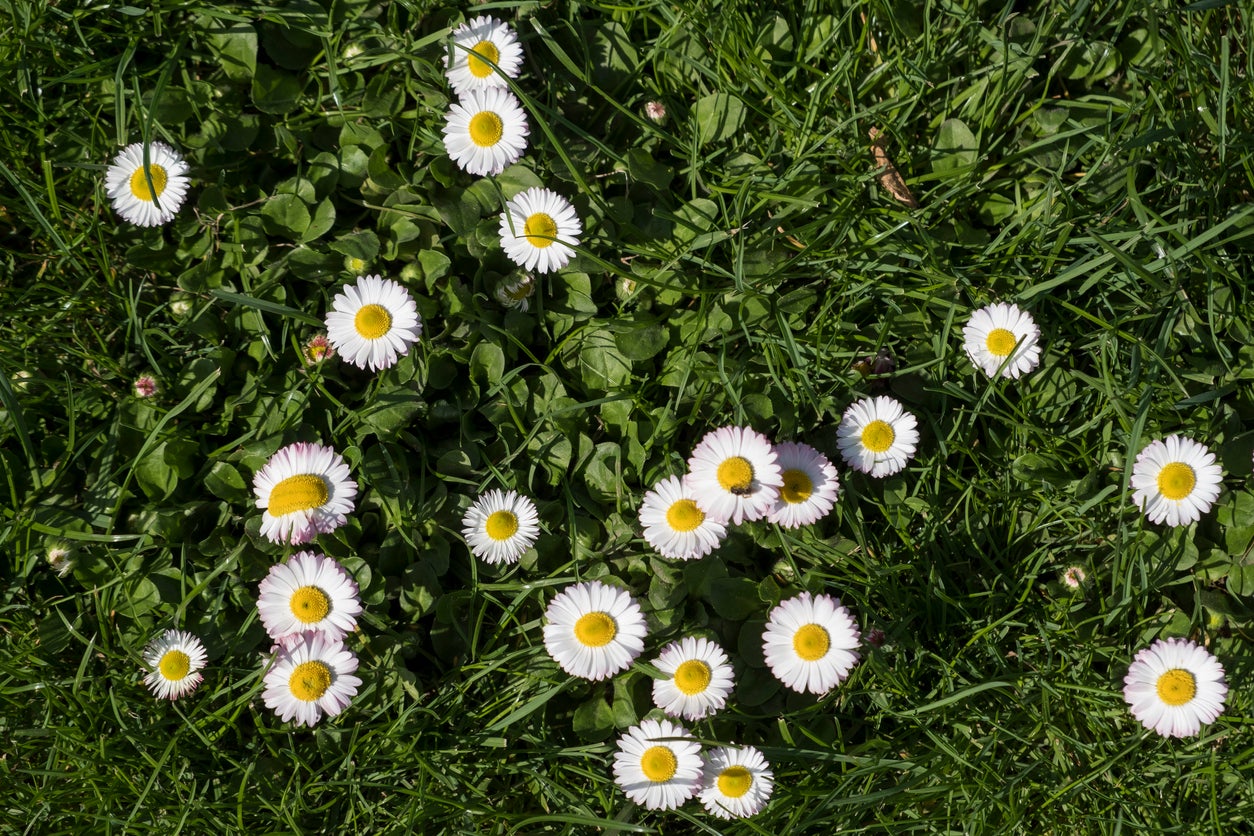English Daisy Information: Caring For English Daisies In The Garden


Add a frilly, old fashioned touch of color in spring, and sometimes fall, by planting English daisies in the garden. Caring for English daisies is simple, and growing English daisy plants is a reliable way to have petite to mid-sized flowers filling in difficult areas of the flowerbed.
About English Daisy Flowers
English daisy flowers (Bellis perennis L.) have a yellow disk in the center and are surrounded with delicate petals of white, pink, or even red. Flower stems usually reach 3 to 6 inches (8-15 cm.) in height. Sometimes called lawn daisy or European daisy, petals of the flower fold up at night and open again with the sun. Unfortunately, attractive English daisy flowers easily reseed and are sometimes considered a weed, particularly when growing in areas of the lawn. These plants grow in USDA hardiness zones 4 through 10.
Growing English Daisy Plants
Sow seeds of English daisy flowers in spring or early fall. If you find them springing up in your landscape, it is usually best to leave them where they grow. If you want to try transplanting the clump, dig deep to get the entire root system. When planting English daisies in the garden, roots should be buried deeply. English daisies in the garden are somewhat adaptable to soil types and sunlight. When growing English daises, you may plant them in soil that is poor or lean. Soil that is rich or fertile is not preferred by this plant. English daisy care includes keeping the soil moist. English daisies in the garden grow in full sun or part shade. Blooms of English daisy flowers may slow during the hottest summer days and return in cooler temperatures of late summer or fall.
Caring for English Daisy
English daisy care may include removing the flowering plant from areas where you don't want them to grow. This can be a somewhat difficult thing to do, as English daisy flowers grow from a taproot plunged straight down into the ground. Unless the entire root is removed, flowers can return. An effective means of getting rid of this plant in the lawn is fertilization, as the flowers don't take well to the nutrients. Other than those that grow where they're not wanted, English daisy care consists of watering and deadheading spent flowers, if desired, as they basically take care of themselves once established.
Sign up for the Gardening Know How newsletter today and receive a free copy of our e-book "How to Grow Delicious Tomatoes".

Becca Badgett was a regular contributor to Gardening Know How for ten years. Co-author of the book How to Grow an EMERGENCY Garden, Becca specializes in succulent and cactus gardening.